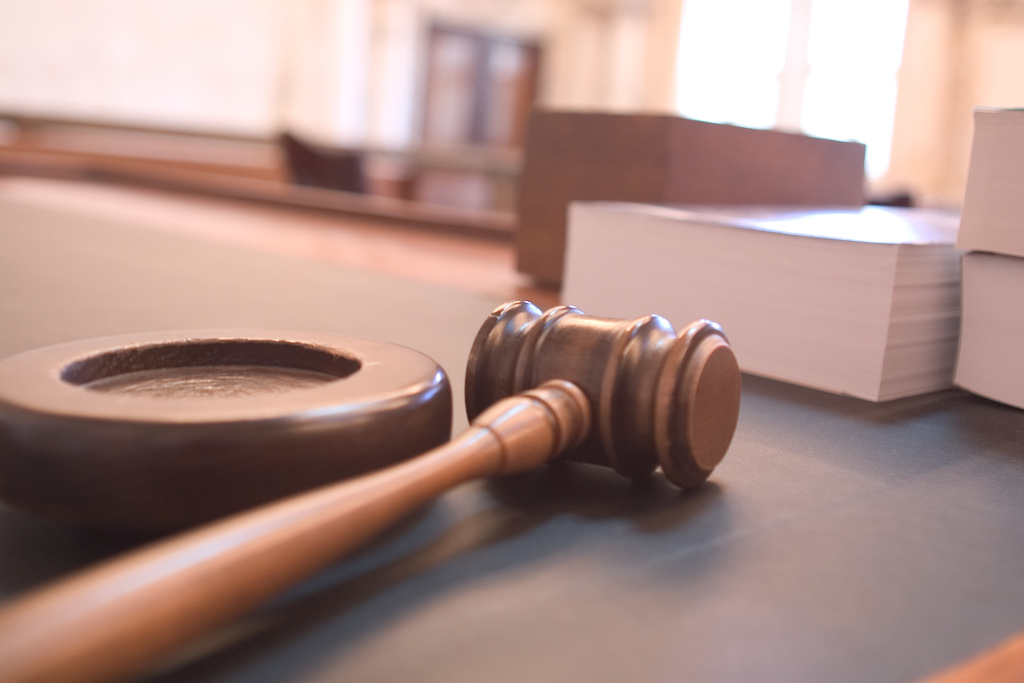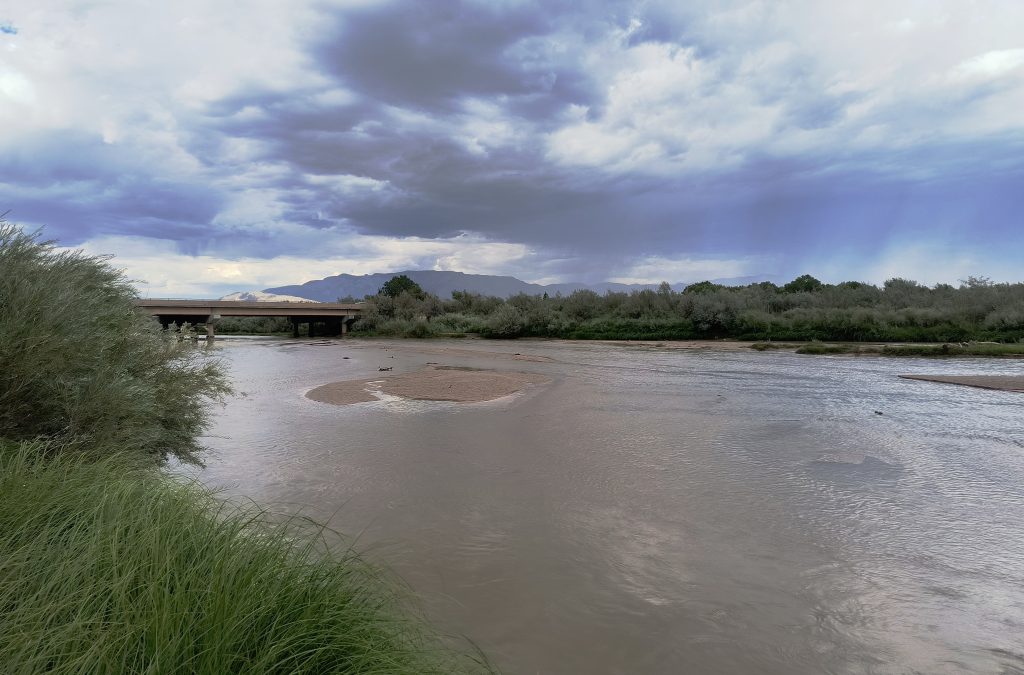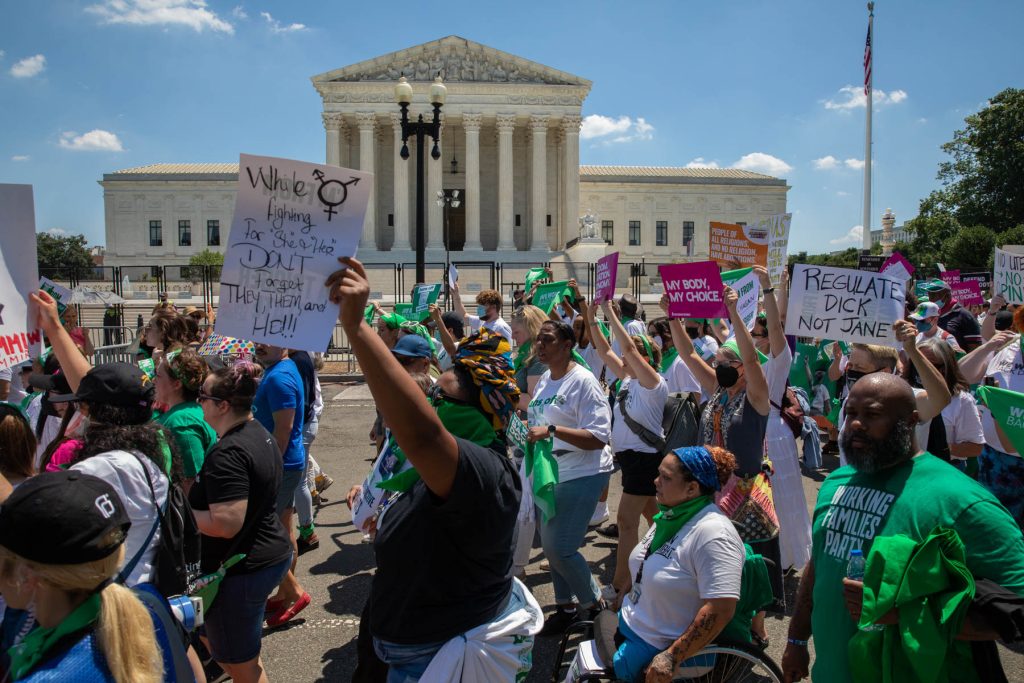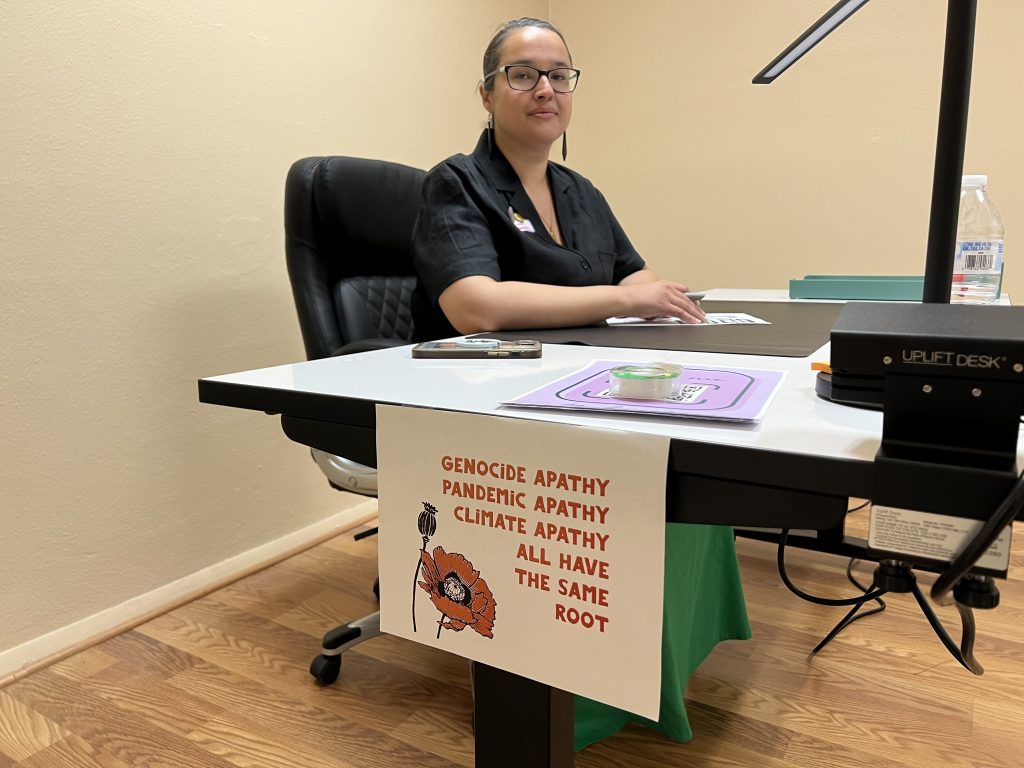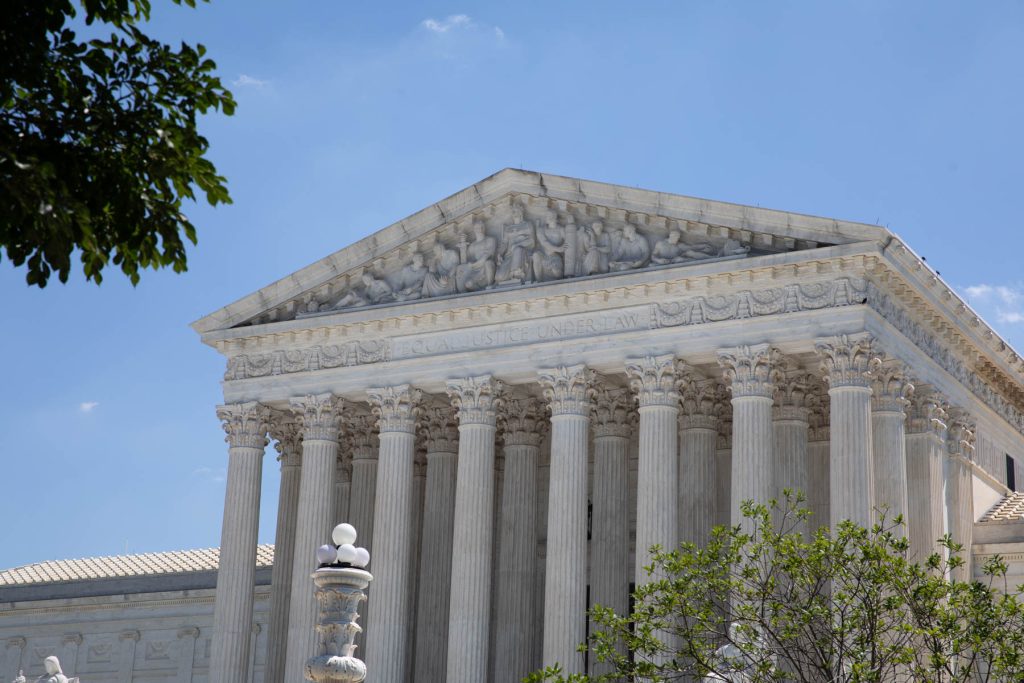On a chilly, late-November morning, commuters rumble across the bridge over the Rio Grande on Avenida César Chávez in Albuquerque. Near the river below, two students from the South Valley Academy demonstrate how to measure groundwater levels.
Alberto Martinez lowers the aptly-named beeper tape into a vertical pipe in the ground and cranks the reel. When the weighted end of the cable hits water, it beeps. Lynette Diaz records the depth at which it hits groundwater—211 centimeters if you’re curious—and the two head to the next station.
Martinez and Diaz, both seniors, participate in the Bosque Ecosystem Monitoring Program, or BEMP, a program that has been run out of Bosque School and the University of New Mexico’s Department of Biology for two decades. Along with thousands of other students from northern New Mexico to Las Cruces, they gather data about the health of the bosque and the Rio Grande, and make that data publicly available for scientists, graduate students, resource managers and others.

“The first time that I came was actually because I was assigned to the teacher that was in charge of BEMP,” says Diaz. Initially, she only took part because she had to, but the more she went, the more she enjoyed collecting data. Three years later, she’s still a part of BEMP, and hopes to study medicine after high school.
BEMP changed her perspective on science, says Diaz, “You are not just looking data up on the internet, you’re actually going out and collecting it yourself.”
That’s the type of hands-on learning that helps students understand not just the scientific method, but the world all around them. “Science is a way of looking at the world,” says BEMP’s co-director, Dan Shaw. And BEMP provides students with real-life experience in investigating and researching their communities.
The conversations around science education have lately been contentious, both in Washington, D.C. and Santa Fe, but citizen science programs like BEMP are the “living embodiment” of the Next Generation Science Standards, Shaw says. What students and teachers are both challenged to do, he says, is “find meaningful projects for our kids to engage with.”
The Next Generation Science Standards, which New Mexico agreed to adopt after public outcry, are national standards that update curricula to include the best available science, and also emphasize improving science teaching based on how the human brain works and how people make sense of the world.
Tracking change, learning scientific rigor
More than 20 years ago, Shaw co-founded BEMP with the late-Cliff Crawford, a biology professor at the University of New Mexico. Along with UNM’s Manuel Molles, Crawford had researched the Rio Grande bosque for years.
“He had also been charged with creating a management plan, a biological plan, for what should happen to this landscape,” Shaw says. “He recommended several things: one was long-term monitoring and a second was greater public involvement with this ecosystem.”
They started with just four monitoring sites when they created BEMP during the 1996-1997 school year. Today, they have more than 30 along the Rio Grande, with plans to add even more.
Although the program is run out of Bosque School, a private school in Albuquerque, Shaw says less than one percent of the participants are private school students. About 50 public and charter schools across the state and thousands of students participate in the program each year. “We really try to get science to kids that wouldn’t necessarily have lots of access to it,” Shaw says. “Students do real science here: this is not just answering some question at the end of a textbook, it’s discovering new information about this living, changing ecosystem.”
With two decades of monitoring data, BEMP students are tracking the tremendous changes occurring along New Mexico’s largest river. “We’ve already seen climate change, and our kids are documenting across the two decades how the river itself is is dropping,” he says.
Groundwater levels along the river are dropping, too, which affects the vegetation and wildlife in the bosque. Shaw points to the cottonwood trees all across the bosque: “These are leftovers from the 1940s, these big old trees these are the World War II veterans that were created at the time,” he says, explaining that the river no longer floods, regenerating cottonwood forests regularly, as it once did.
Federal, state and local agencies spends millions of dollars on restoration projects in the bosque—and BEMP data helps them understand what’s working, what’s not and how to alter projects to make them more effective.

Students also learn the value of scientific rigor, and experience what Shaw calls the “joyous opportunity” to connect with their own watershed and become stewards of their homelands. Students learn that when they collect information—whether it’s related to groundwater depths, water quality or the types of insects living in the bosque—“data” isn’t just some point on a graph. It’s knowledge tied to a specific place, a specific place with which they have a visceral connection.
Bringing students to the bosque, where they check pitfall traps to count isopods or scout for porcupines in the treetops, Shaw has watched many of the students he serves through BEMP transform. Some become engaged in learning in ways they can’t in a classroom. They also gain confidence in themselves and the work they can do.
Shaw recalls being with a group of students from Albuquerque School on Wheels, an alternative work study recovery high school, at this same monitoring point along the Rio Grande near the National Hispanic Cultural Center. A local water manager joined the class and explained how their work is used in a larger context.
“He was explaining to them how he and his scientists were using the data that the kids were collecting in BEMP to make management decisions,” Shaw says. “When somebody comes to these kids that often are kind of pushed aside in many places and says ‘What you can do matters,’ that empowers them to know that they can make a difference in their own lives and in their wider community.”
This story is reported in partnership with New Mexico In Focus, as part of its “Our Land” series which airs on KNME-TV on Friday nights at 7 p.m. You can watch episodes and learn more about the series at its website.


